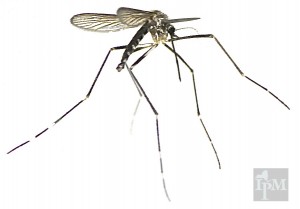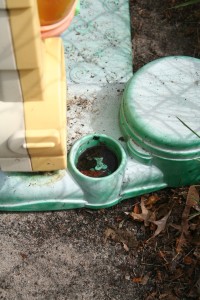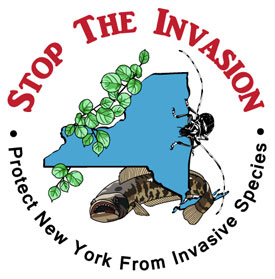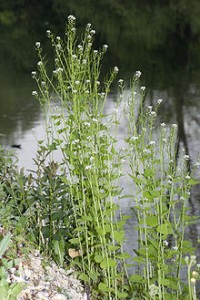After a long winter, warm weather is a welcome change. Everyone wants to be outside and water play makes for happy kids. But no season is perfect. The air is abuzz with the zzzzzzzzzzz’ing of mosquitoes, a small insect that more than makes up for its size in its capacity to annoy.
But mere annoyance is not the extent of the problem with mosquitoes. Itching and swelling are one thing. Mosquito transmitted diseases are another. West Nile Virus (WNV) and Eastern equine encephalitis (EEE) show up annually in New York. As of July 10th, WNV has been reported. EEE has not been found yet. No reports of human positive cases have been filed. (Interested? Follow reports at the NYS Department of Health: Mosquitoes and Disease).
The most common mosquito is Culex sp., which has a very small territory. It usually stays within 300 feet from where it hatched — so ensuring there are no breeding sites on your property can go a long way in protecting your children and staff. These mosquitoes aren’t picky about where they lay eggs. Almost any standing water will do. In fact, a bottle cap full of water can provide a breeding site. So check your play yard, parking lots, and around the building for water in containers, tires, children’s toys, rain gutters, and unfiltered pools. Don’t forget to check your recycling bin.
When you find standing water, simply dump it out. (This just might be the easiest IPM solution ever!) Any existing eggs and larvae will desiccate and die.
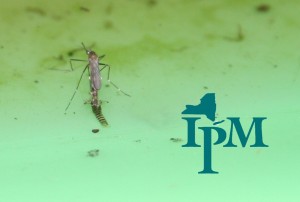 This female mosquito emerging from its pupal case was found on a plastic sled that was put out of the way for the summer. Dump any standing water and put the sled in a storage unit to prevent this from happening.
This female mosquito emerging from its pupal case was found on a plastic sled that was put out of the way for the summer. Dump any standing water and put the sled in a storage unit to prevent this from happening.
The next step? Be sure that water can’t collect in that area again (what a great excuse to clean up) — or regularly dump, clean, and refill items such as children’s pools and water tables.
For more information on mosquitoes and how to protect yourself, please read our publication, What’s all the Buzz About Mosquitoes, also available in Spanish.

